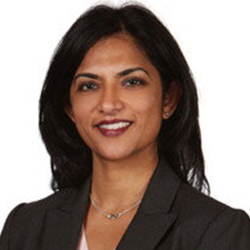It’s one thing to talk about change management. It’s quite another to execute it successfully. If you want your change management project to be successful, advises Nirmala Thevathasan, a consulting director for the higher education sector with Huron, you must get buy-in from the top and you must make a good business case for making the change.
When it comes to implementing competency guidelines in organizations, Thevathasan and her colleagues are big advocates of using change management strategies to ensure successful implementation. When developed and implemented properly, a competency-based program can provide significant benefits for organizations conducting clinical research, including:
- Retention of trained staff/reduction in turnover
- Improved staff morale
- Increased principal investigator satisfaction
- Higher data quality and compliance
- Stronger reputation among study sponsors
Thevathasan and colleague Madiha Shakir, MBA, a consulting manager for the higher education sector with Huron, will facilitate a half-day workshop, A Beginner’s Guide to Implementing Competency Guidelines, on Friday, May 1, at the ACRP 2020 annual conference in Seattle.
“Our strategic focus will be on how to effectively implement competency guidelines at an organization,” Thevathasan says. “As implementation and change management leaders, we assist our clients with driving meaningful change to produce successful results, and our goal is to share our strategies and approaches with our workshop attendees,” she adds.
“Madiha and I will spend time with workshop attendees going through an interactive [exercise] to understand how decisions (positive or negative) can impact the future of an organization, and we will work through some fundamental change management tools such as creating a business case for action and creating a key role map to understand affected stakeholders,” Thevathasan says. “We will help attendees map their place in the change journey and tailor messages to move individuals and groups along the path” to a desired state of change.
Author: Michael Causey



